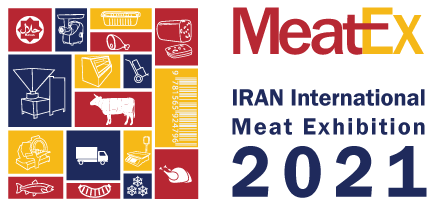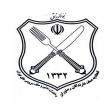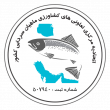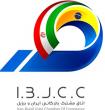History of Red Meat Industry in Iran
Though the industrial production of sausage and sliced meat dates back to early eighteenth century Europe, it started in Iran on 24 October 1925 (Aban 2nd, 1304). Seven years after the end of World War I, a Russian named Afanasiev moved from Russia to Bandar-e Anzali through Qafqaz and North of Baku. It did not last long till he rented a small house in Bandar-e Anzali and established, in a few hours, simple machinery for sausage production. Given the socioeconomic relations of Iran and Russia, prevalent through Qafqaz for centuries, local residents were not surprised that a Russian family moved there; on the contrary, they provided him with the required facilities for the introduction of a new product, Russian Sausage. In October 24th (Aban 2nd), Afanasiev produced his first package of sausage – 27 kilograms – in the same workshop in Bandar-e Anzali. This first package was sent to the village chiefs as a gift. One of them was Mirza Mohtasham khan Lamirani, headman of the village. He disapproved of the product because of his concern for the sort of meat used in production, as well as the method of slaughter (zabiha). Afanasiev invited Lamirani and some other village chiefs to visit his workshop, where only two Muslim residents were working. Lamirani finally approved the zabiha procedures and gave Afanasiev permission to continue small scale production for the market. Production of Russian Sausage reached around 45 kilograms per day in March 1926 (Esfand 1304), most of which was consumed within Bandar-e Anzali. In 1926 (early 1306), Afanasiev decided to move his workshop to Tehran or to establish another small sausage workshop there. Therefore, in April/May 1926 (Ordibehesht 1306), he started another workshop in Tehran in the now Manuchehri Avenue. The workshop started working under the administration of Mr Arzuman. In 1933-1934 (1312), with the growing expansion and development of Tehran, Arzuman started his own meat factory – the first in the country – on the grounds where currently Gooshtiran Factory is placed. By the Islamic Revolution of 1978 (1357), other meat factories were established in the country, including Mikaelian Company (1959-1960/1338), Meat Factory of Gilan in Rasht (1961-1962/1340), Kador (1963-1964/1342), Lurek in Isfahan (1967-1968/1346), and Maede in Qazvin (1975-1976/1354). More factories were established in Tehran and other towns from 1975 to 1978 (1354-1357) and the number of meat product factories in the country reached 11.
Current Situation: Immediately after the Islamic Revolution and especially after the end of the Iran-Iraq war (1980-1988/1359-1367), the number of companies producing meat products increased significantly. This development was accompanied by an increase in supply of meat products in the market. In 2006-2007 (1385), the number of companies producing meat products – sausage, sliced meat, salami, ham, and hamburger – in the country reached 150, around 13 of which introduced new products – chicken and red meat nuggets, frozen foods, etc – into the domestic market. From among the companies active in the meat products industry (an estimate of 150 companies), 109 ones are now members of Iran's meat products industry. A number of these companies, such as Kaleh (Amol), Solico (Tehran), Kampooreh Khazar (Rasht), Demes (Shiraz) are international or regional brands. Others like "Gooshtiran", "Andre," and "Robat" are national brands. As mentioned, after the glorious Islamic Revolution, the number of companies producing meat products in the country has gradually increased. Also, all the government officials of the country and management committees of the Iran-Iraq war were convinced of the significance role of meat production industry during the war, when manufacturing companies producing meat products were steady supporters of the Army and Sepah Guards. After the war, due to an increase in Iran’s population (from early 1360s onward), urbanization, an increase in the ratio of youth in the country, ease of consumption of meat products and their reasonable price, the amount of production of meat products multiplied by 2008 (1387).






















